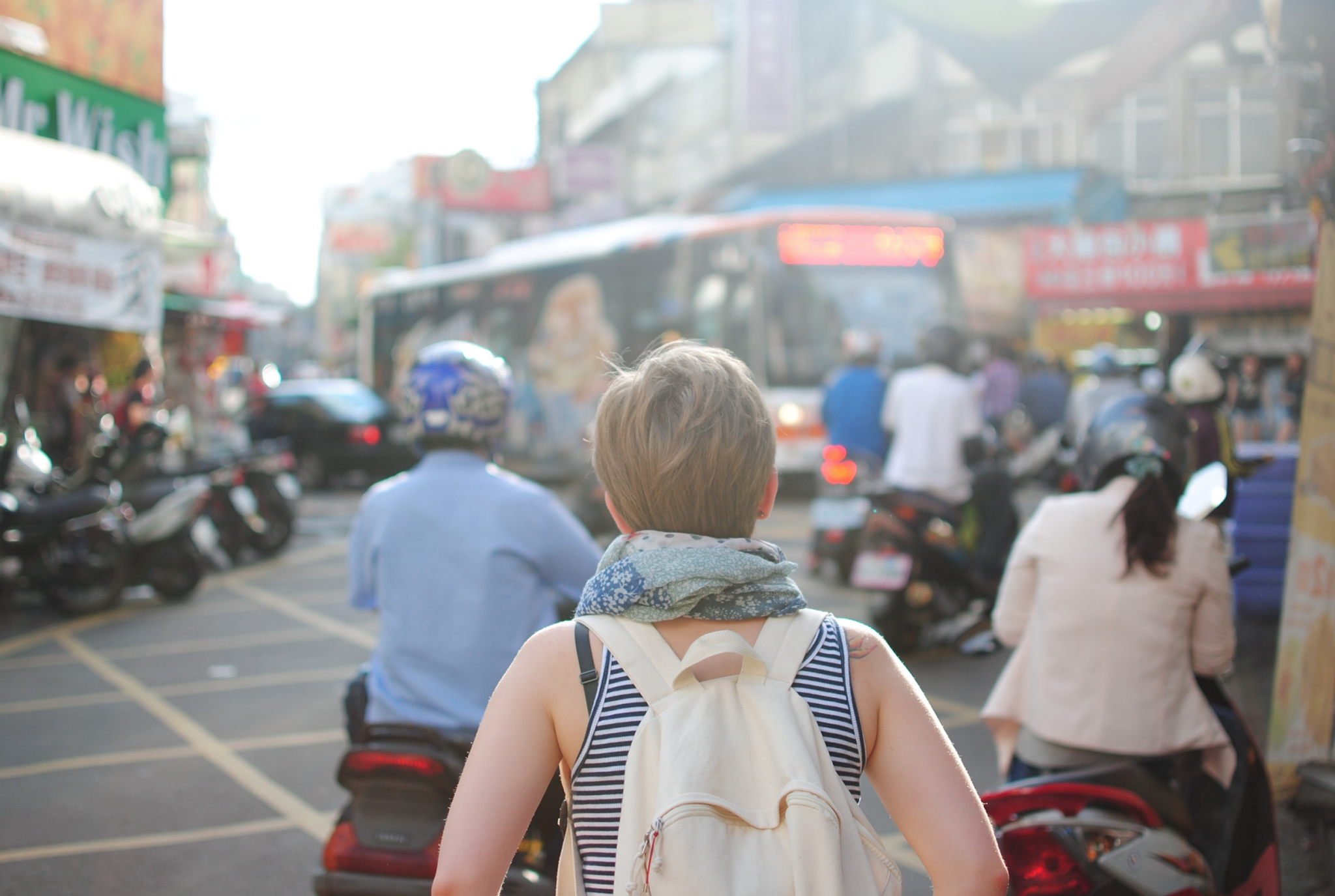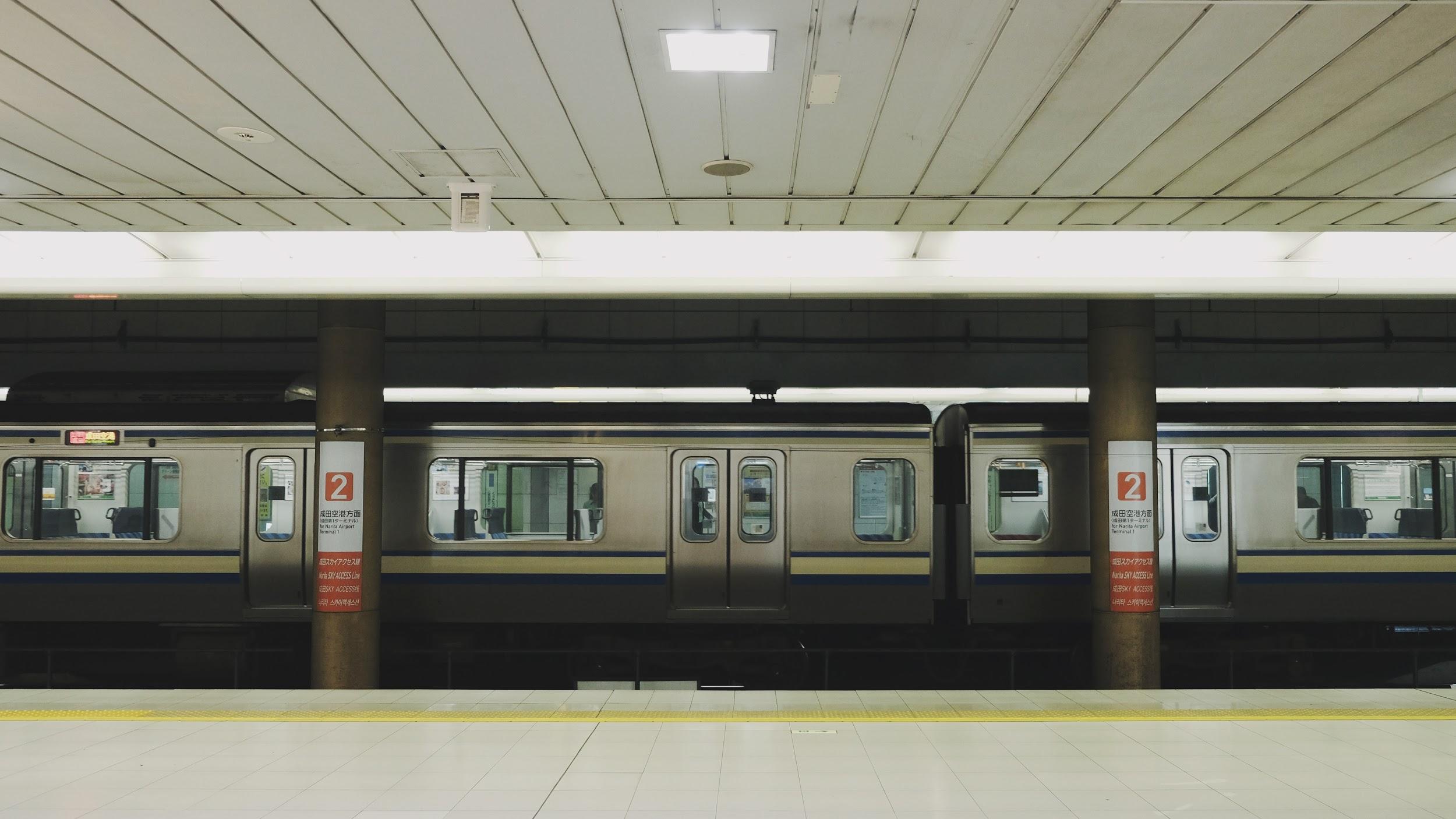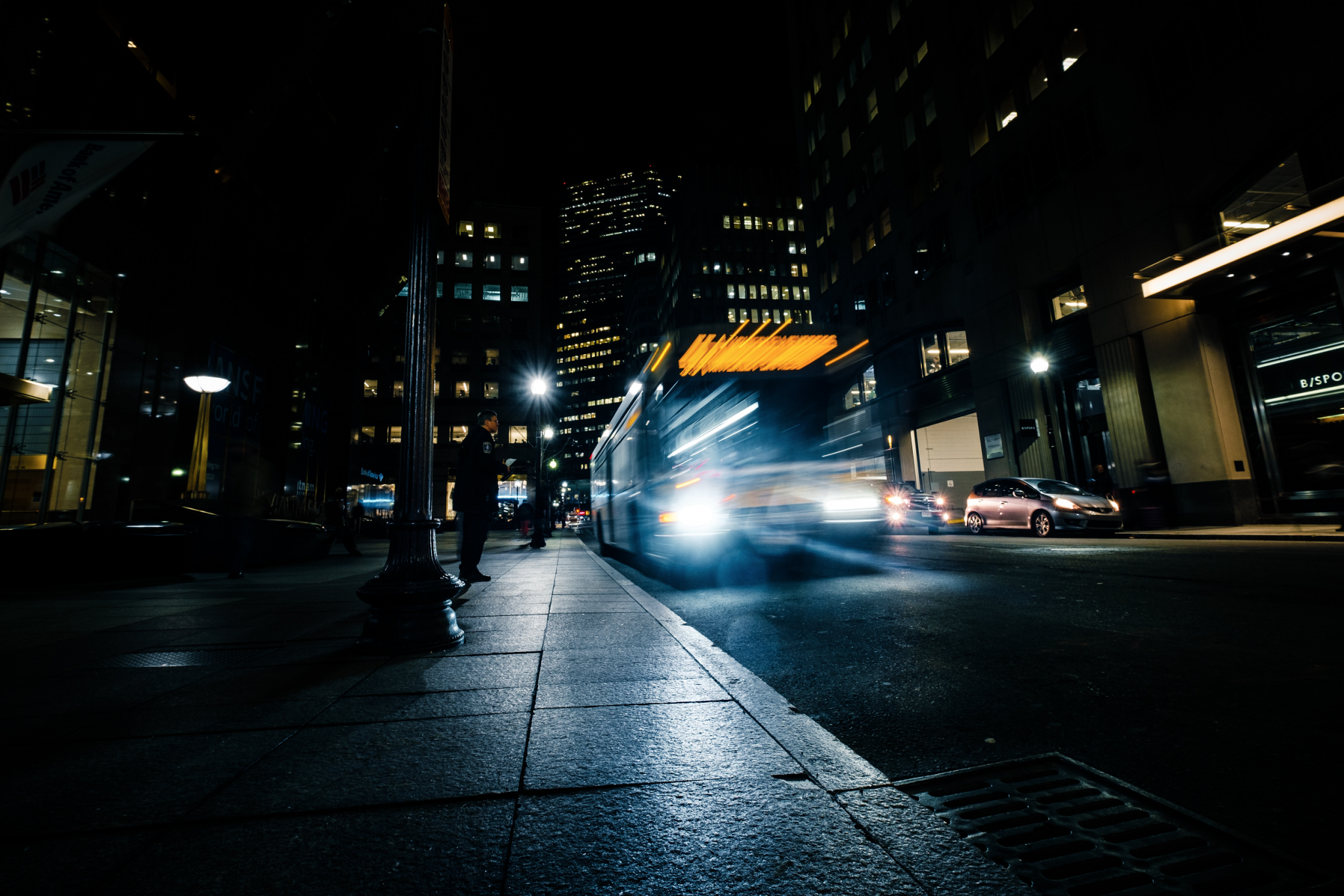
Back when I graduated from high school, I was given three copies of Dr. Suess’ book, Oh the Places You’ll Go! When I read the first copy I received, I was reminded in rhyme that I have “brains in my head,” and “feet in my shoes,” and that I can “steer myself in any direction I choose.”
When I was gifted the book again, thoughts of fulfilling my childhood dream and traveling to Japan stirred within my chest. As I skimmed the poetic words of Dr. Suess a second time, I imagined myself traversing Tokyo and cruising around Kyoto. I envisioned eating fresh sushi bought from Tsukiji Market, instead of at my local Wal-Mart. Every time the phrase, “Oh! The places you’ll go!” flashed across the page, I saw the animated cityscape of Osaka and the breathtaking Tokyo skyline as seen from the famous Skytree Tower. When Dr. Suess ended with the powerful phrase, “Your mountain is waiting. So…get on your way!” I was ready to book a flight to my dream destination right then and there.
When I received my third copy of the book, however, all I could think was, “How rude would it be if I donated this to the public library tomorrow?”
In any case, I didn’t end up “getting on my way” to Japan immediately after graduation, as I would have liked. I needed to pinch my pennies and do my research. As I bided my time, I often thought of a well-known phrase that that goes something like, “A journey of a thousand miles begins with a single step.” I would comfort myself by reasoning that although that first step is undeniably vital, the steps that come afterwards are equally, or even more, important.
It’s not so much about the “places you go,” as Dr. Suess wrote, but how you go the “places you go.” In other words, after getting to Japan, how was I going to get around? Would I go by train or by bus? How would I use the local transportation? As someone who likes to have all the answers written on alphabetized, color coordinated sticky notes, I wanted to know how the rest of my journey of a proverbial thousand miles would pan out after that first step.
Well, all my research and internet surfing did not prepare me as completely as I would have liked. Some lessons about traveling around Japan had to be learned first-hand, through struggling to read the maps of the subway or getting off at the wrong bus stop. Since my high school days, I have spent a total of two and a half years in Japan, and in that time, I have traveled hundreds of miles around the country. I have learned a lot about how to use local transportation, and I’m going to share some of my McNuggets of wisdom with you, my lucky reader.
The Different Kinds of Trains
The Japanese people are known globally for the convenience of their rail transport (although as a foreigner with little Japanese knowledge, it didn’t feel like that to me). With over seven billion riders in the year 2014 alone and over 16,943 miles (27,268 km) of track countrywide, it is safe to say that train travel is the most popular way to get around Japan, for both tourists and for locals alike.
There are five different kinds of trains: the Local, the Rapid, the Express, the Limited Express, and the Super Express. The Local train, called kakueki-teisha or futsu-densha in Japanese, stops at every single station along a certain line. This can really slow down your travel time, especially if you are trying to go long distances. The Rapid train, or kaisoku, will skip a few of the smaller and less populated stations, thus allowing you to get to your destination that much faster. It also costs the same as the Local train, so it’s a win-win.
The Express and the Limited Express stop at even fewer stations than the Rapid, but beware ‒ some train companies such as Japan Railways (JR) will charge you an express fee on top of your base ticket price. The difference won’t be wallet-emptying (it’s usually somewhere between 500 to 4,000 yen, depending on distance), but as someone who often travels on a tightly calculated budget, I know how important it is to include all of these “hidden” costs in your overall expected total.
Lastly, the Super Express (also known as the shinkansen or bullet train), is a high speed train that runs on special, separate tracks at speeds of up to 198 miles per hour (320 km/h). That’s three times as fast as a cheetah!
The bullet train can get you from one end of Japan to the other in a single day, but that extra speed is going to cost you! These Super Express trains are best used for longer distances and operate specifically with intercity travel in mind. Within the boundaries of highly populated areas, they can’t go faster than Local trains, but they can charge you extra. So, if you are only going from Tokyo Station to Ueno, avoiding the shinkansen will save you quite a bit of money.

ProTip: Before you get on a train, make sure it’s the correct type! Don’t accidentally get on a train that skips your station!
Tickets and Train Times
While Japanese trains might be easy to access and offer a variety of traveling speeds, they are a bit daunting if you have little or no experience with the language. When I tried to buy my first train ticket, my eyes started to water like I had just cut two basketfuls of onions. The poster that detailed the different train lines, stations, and stops was so convoluted that I thought it looked more like eternally tangled Christmas lights than a map.
Needless to say, buying a train ticket can be especially difficult if you have no kanji knowledge, like I did. Tickets for the Super Express and other long distance rides can be paid for at ticket counter, where a salesperson can help you face-to-face. Although not all employees speak English, at most major stations they are used to working with foreigners and are prepared to try and communicate with you.
For shorter distances, however, you will probably need to use an automated ticket vending machine. These are my old nemeses. When I first traveled to Japan, I dreaded every time I had to face off against them. More often than not, I ended up pressing random buttons and desperately hoping for the best. But you needn’t fear them as I did. It is common for these machines to have an English language option, which makes everything so much easier. But even with this, you will need to know the ticket price of your desired station beforehand. If you are struggling, my advice would be to try and ask a native Japanese person for help. Nine times out of ten, they will be more than willing to lend a hand.
Another trick that will save you both time and stress is a little magical card called an IC Card. They are rechargeable plastic cards the size and shape of a credit card that you can use to conveniently pay train fares. Instead of trying to battle it out with an electric ticket monster, you can simply touch your IC Card to the card reader as you enter and exit the ticket gate. No complex ticket purchase necessary. When your card runs out of money, just recharge it at a ticket counter. These cards can be purchased at most train stations.
Lastly, the biggest and strongest tool in my train-station-handling belt is a nifty website called Hyperdia (click here for the website). This website has rescued me from drowning in the depths of unreadable train schedules. It offers detailed train routes, along with exact departure and arrival times, from your desired starting point to your final destination. To learn more about how to use this gem of a website, you can visit this link: https://www.japan-rail-pass.com/japan-by-rail/hyperdia.
Riding the Buses

ProTip: Look up whether or not the city you are visiting has a special bus pass that you could buy!
When I think of buses, I think of the bright yellow variety that I sourly rode every morning to and from my high school until I learned to drive. Japan doesn’t have those, but it does have an extensive public bus transit system that is almost as convenient as its trains.
In more populated areas, the bus has a flat fare which can make this method of travel an economical choice when you are sticking solely to one city. If you are in the know, you can sometimes get your hands on special day passes, which can be big money-savers (an example of which is the Kyoto Bus One-Day Pass, which costs 500 yen for a whole day’s worth of riding). Buses that head out of the cities and primarily focus on rural areas, however, calculate fares based on distance traveled. So if you are expecting to hop from Osaka over to Kyoto, riding the train is the more cost-effective choice.
When boarding a bus in Japan, you usually get on from the back, where you can either pick up a ticket from a dispenser or swipe your mystical IC Card. When you have identified the stop at which you wish to disembark, press one of the red buttons located around the vehicle. This signals to the driver that a passenger (i.e. you) wishes to get off. If nobody pushes the red button, the driver will pass by your stop by without a second thought.
After the bus has pulled over to the side of the road and it’s time for you you to get off, go to the front near of the vehicle and pay. Remember, the driver sits on the right side of the car instead of the left, so don’t let that throw you off. If you used an IC Card when boarding, then swipe it once again across the card reader next to the driver. If you don’t have an IC Card or the bus you are on does not offer this as a payment option, then drop your money into the fare box. (Some cities have the location of the entrance and exit swapped, so just follow the others!)
Public Transportation Manners

ProTip: Turn off all sound on your phone! It is considered very impolite in Japan if you are too noisy on a train or bus.
While using public transportation in Japan, I’ve made a few embarrassing mistakes and been the recipient of more than a few angry stares. To avoid being as ignorant as I was when it comes to politeness and manners, refer to the following:
Don’t talk on your cell phone while riding on a train or a bus. Texting, emailing, and surfing the net are acceptable, but only if you do so with your sound turned off. A sign is oftentimes posted asking you to put your cell phone on “manner mode” while you are on the train or bus. This just means you should mute your phone.
In almost every train, and sometimes even on buses too, there is reserved seating for the elderly, handicapped, injured, or pregnant. You can sit there, but if you see someone that fits any of these descriptions, you should give up your seat for that person.
The emergence of train molesters who take advantage of the packed cars to do dastardly deeds has created a need for “women only” cars. Keep an eye out for these trains and do not get on them if you are not female. Do note, though, that although these cars are labeled as “women only,” this rule only applies during rush hours. The times this is in effect will be prominently labeled on the train windows and doors.
I think it is safe to say that all of us want to travel and see new sights, whether they be the majestic Taj Mahal in India or the slightly less majestic new burger joint down the street. Yes, there is just something about traveling and visiting new places that strikes a chord in us as human beings. The idea of traveling ‒ of seeing the world and meeting new people ‒ is exciting and enticing. So, put your “feet in your shoes,” because now that you know a bit more about using local transportation in Japan, “you can steer yourself any direction you choose.”
Image Links:
https://unsplash.com/search/photos/cell-phone?photo=BjhUu6BpUZA
https://unsplash.com/photos/9e4AkIRcaRI
https://unsplash.com/photos/r4He4Btlsro
https://unsplash.com/photos/hmcyWDzjWHo

